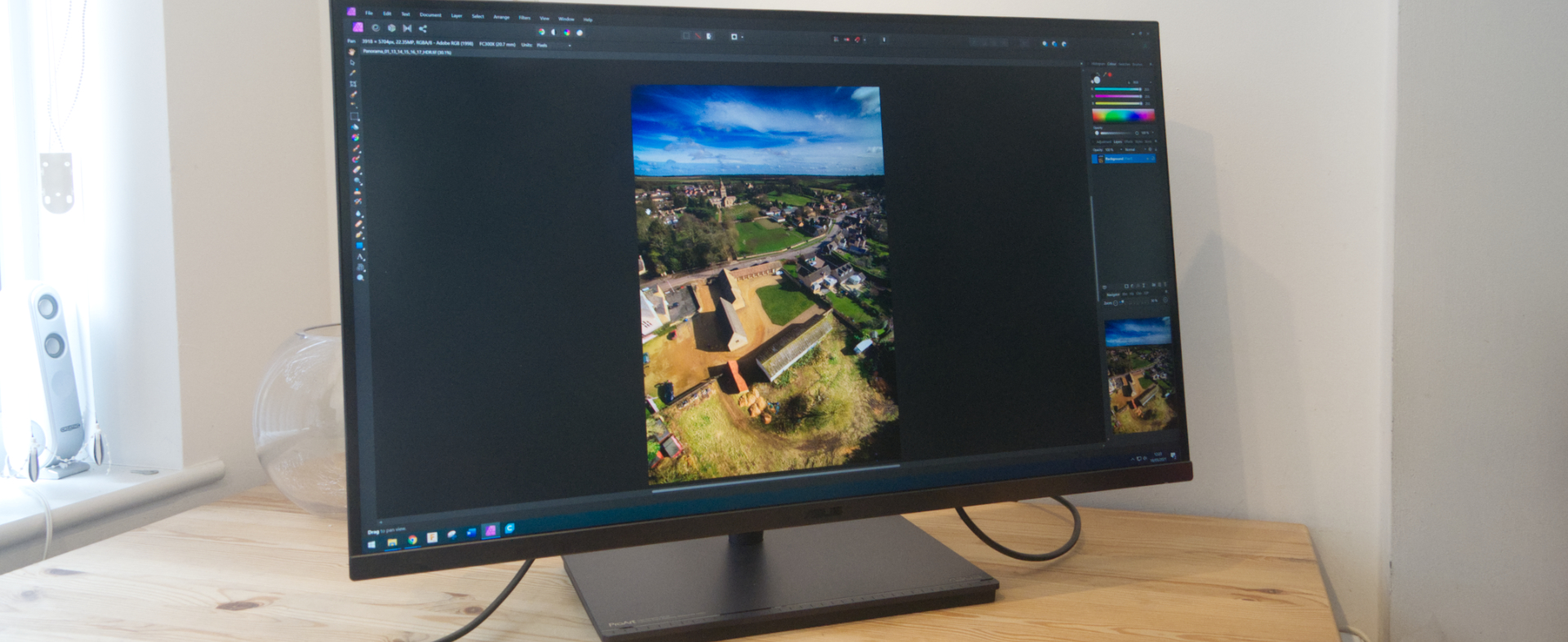TechRadar Verdict
Combining features that designers and content makers need, the Asus ProArt PA32UCG-K Display represents the true cost of accurate colour. It’s expensive, heavy and has weird OSD controls, but the screen is glorious when working with HDR video or game graphics.
Pros
- +
Excellent colour space
- +
1,152 localised backlights
- +
1,600-nit peak brightness
- +
Stunning build quality
- +
Includes calibration hardware
Cons
- -
Extreme wallet abuse
- -
Very heavy
- -
Illogical OSD controls
- -
Cabling issues
Why you can trust TechRadar
We’ve written so many monitor reviews highlighting the excellent colour gamut on offer but ultimately conclude that the product might impress some, though not colourists.
Those that work professionally with colour are often puritanical in a chromatic sense, aspiring digital images with the richest shades and hues.
For them, money is almost no object when it comes to the accurate representation of tints and shades, the smooth representation of gradients and the subtle tones revealed by the darkest parts of any HDR scene.
The Asus ProArt PA32UCG-K is made purely for those that demand high-quality peripherals to support their creative endeavours, and it certainly falls into that category.
- These are the best 4k monitors on the market
Price and availability
Those that suffer from fiscal sensitivity should jump to the next section because the price of the Asus ProArt PA32UCG-K is graphic in nature and may easily disturb some readers.
When this hardware was first launched, it cost a seizure-inducing £3,899 in the UK, and while it has had a minor reduction since, expect to pay £3,739.49 for it from most online retailers who carry specialised gear.
A typical US price is closer to $4,399.99.
Design and features
Asus chose to send this display in a packaging system that uses plastic lugs to hold the outside of the box in place and once removed, the foam inserts easy lift away to reveal the PA32UCG-K in all its engineering glory.
The foot and support arm are preassembled, so once you’ve removed their protective coverings, it is merely a job of lifting the screen onto the support. What makes that relatively straightforward is that it connects without the need for fixings.
Don’t attempt this task alone unless you’re an Olympic weightlifter, as everything about the PA32UCG-K is heavy, not just the pile of cash needed to purchase one.
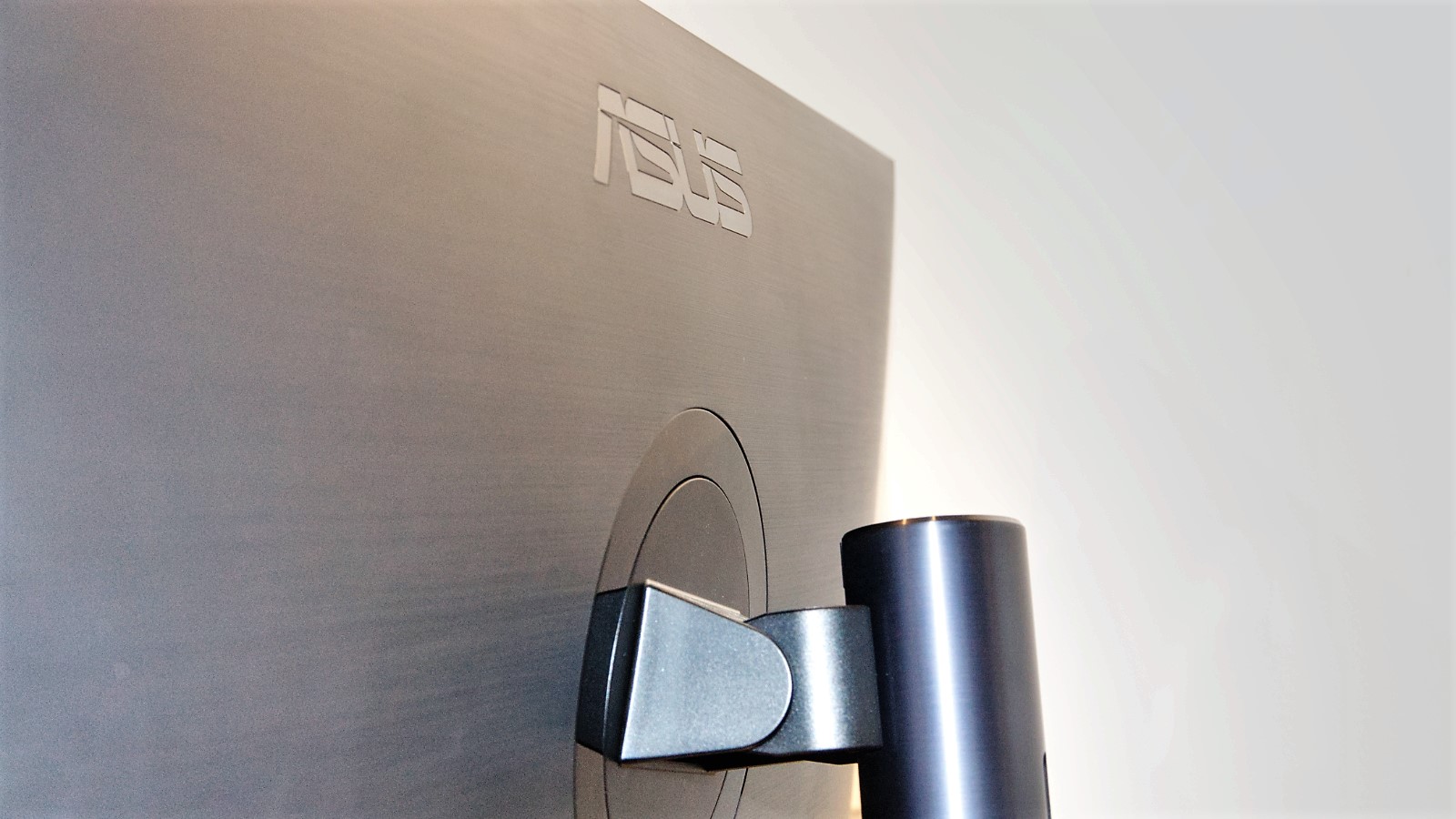
The display weighs 9.7 Kg without the stand, and the whole assembly comes in at a triceps-tightening 18.3 Kg. It should go without saying, but we’ll warn you anyway, be careful deploying something this heavy on your own. Trying to lift and position this on a deep desk is a perfect recipe for a back injury. Therefore, get a friend to help.
Once we got over the imposing mass of this device, we were then stuck by how gorgeously it has been constructed. The finish on the support arm is incredible, and the amount of finely milled and engineered metal used is overwhelming.
But, looking past the constructional gloss, this is a 32-inch 16:9 ratio monitor that uses IPS technology. IPS has long been hailed as strong on colour representation, and what elevates this design is the use of a Mini-LED backlight, allowing for 1,152 distinct areas of illumination over the 3840 x 2160 resolution panel.
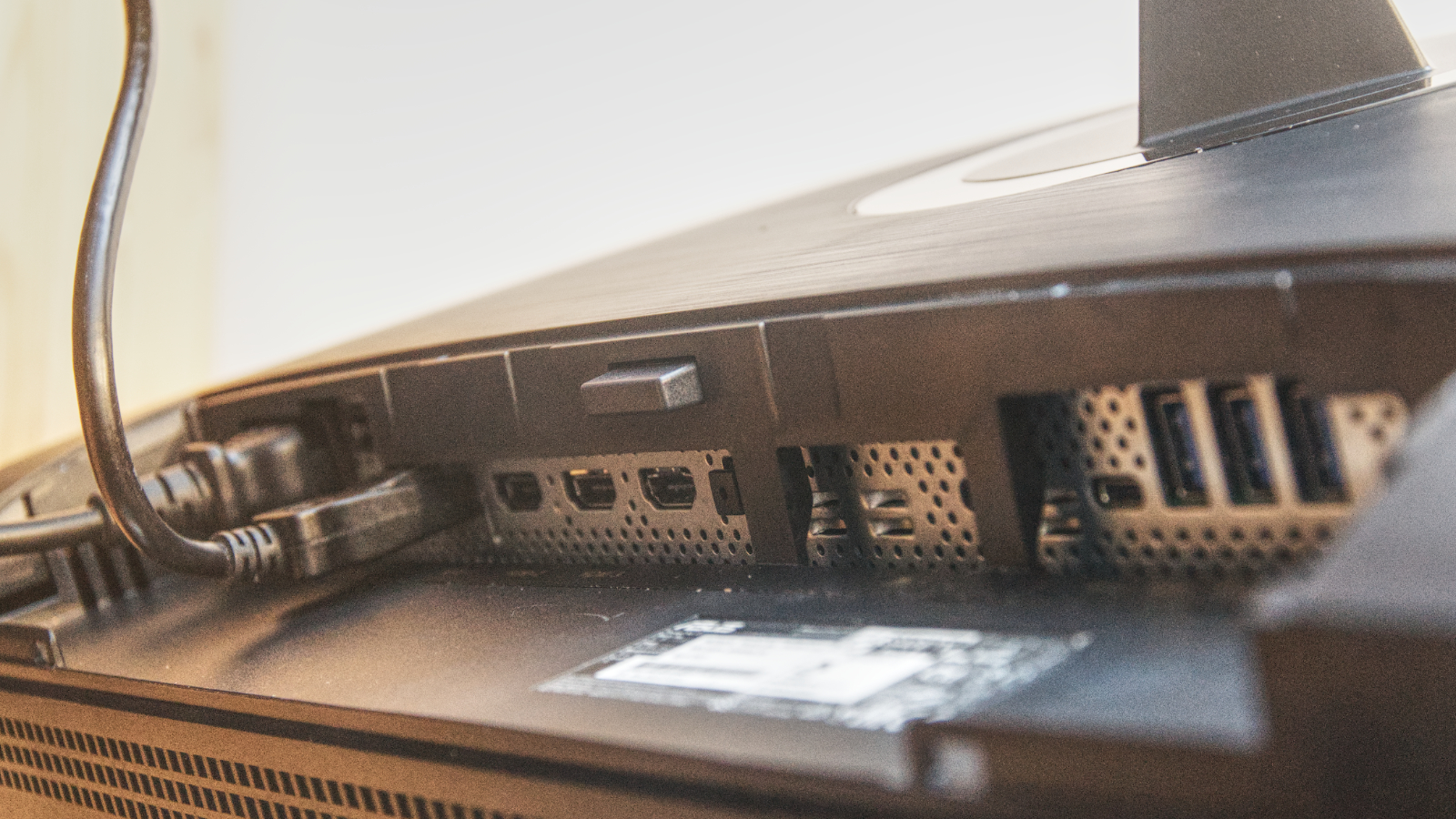
One distinctive feature of this design is that the backlighting scheme is that this panel is 60mm in depth, decidedly thicker than we’ve come to expect from monitors these days.
The Mini-LEDs are not quite OLED backlighting good, where each pixel has an in-built backlight, but as IPS panels go, this is a radical improvement over the typical backlight schemes.
This capability helps with HDR contrast levels, and the screen supports HDR10, HLG and Dolby Vision HDR modes.
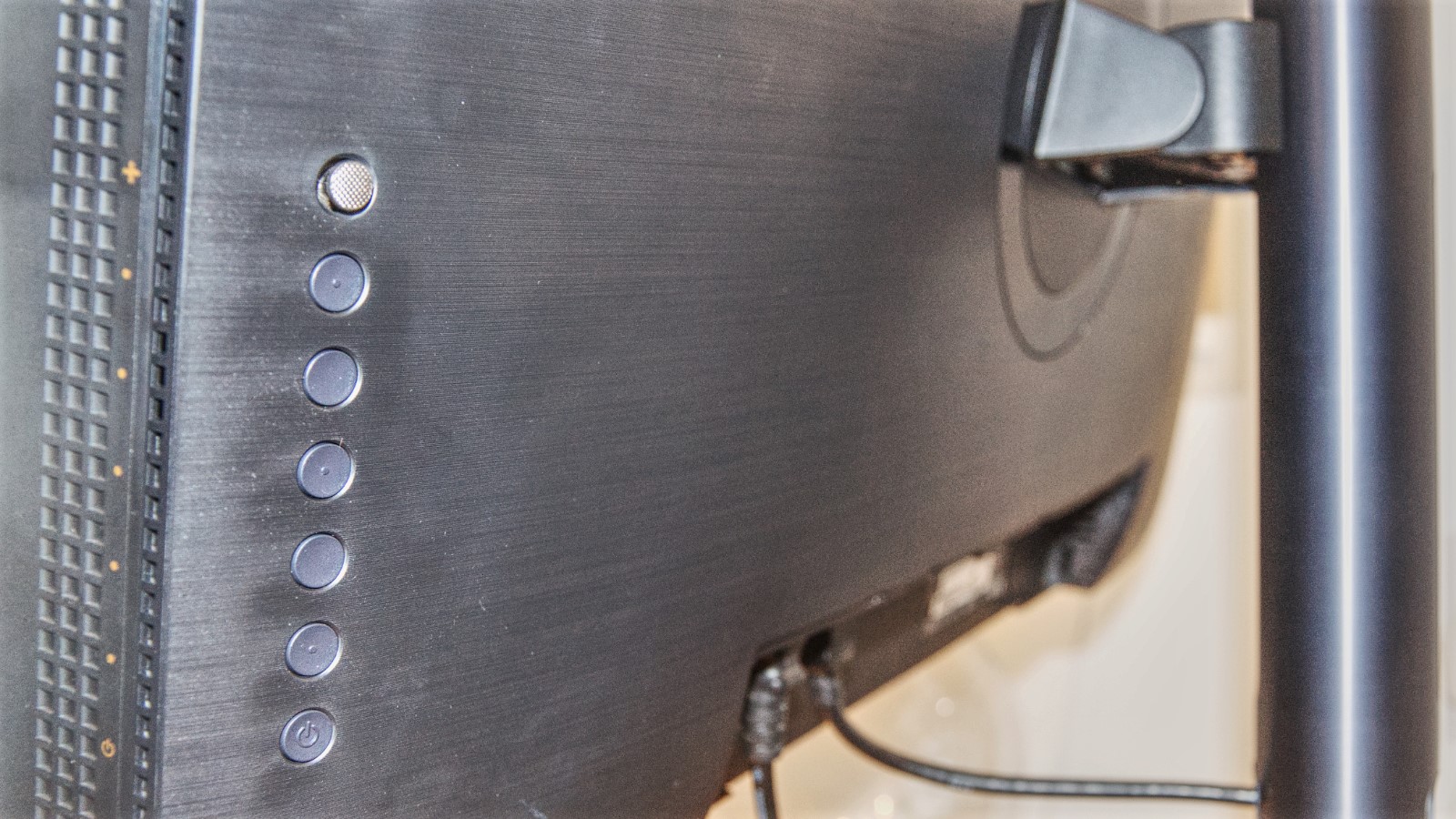
Connections include three HDMI inputs (two v2.0 and one v2.1), a single DisplayPort and Thunderbolt 3 through a hub. The Thunderbolt hub allows for daisy-chaining, allowing additional displays to be connected through a single cable to the screen.
Using HDMI 2.1, DisplayPort or Thunderbolt 3 connections, it is possible to get 120Hz operation at full resolution with HDR content, but only 60Hz using the HDMI 2.0 input. Achieving 120 fps at 4K resolution assumes you have the GPU technology to drive that much data to the display and do all the calculations needed to generate those frames. That requires a powerful discrete GPU, not the most accessible item to source these days.
For those that can’t guarantee to maintain that throughput, this panel is also certified for AMD FreeSync Premium Pro, allowing for variable sync between 48Hz and 120Hz.
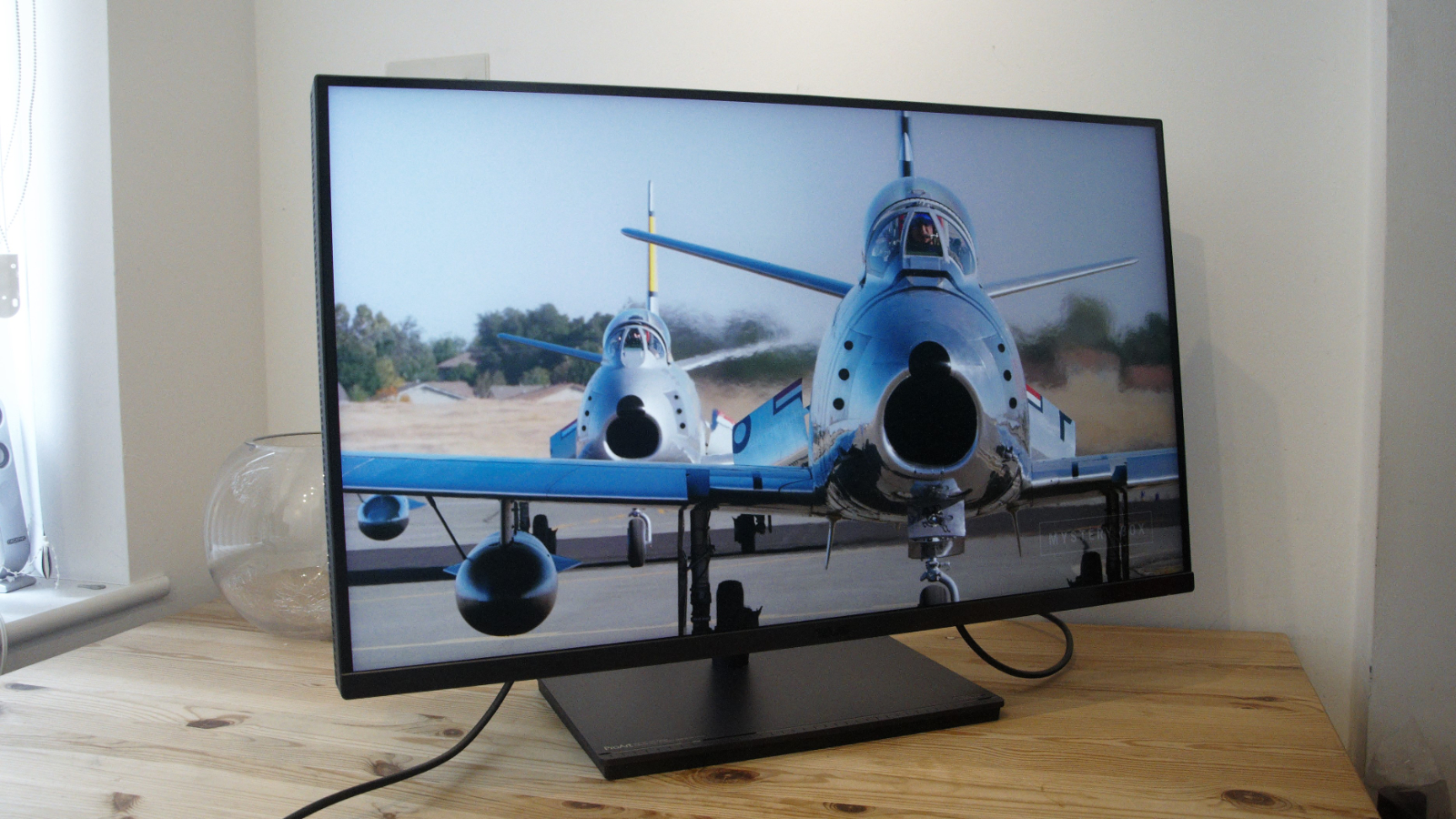
Along with the impressive video technology included in this screen, Asus also provide a USB hub with three ports of USB 3.1 Gen 1. Alongside that USB interface, the Thunderbolt 3 ports can daisy-chain and charge a connected laptop with 60W downstream.
That last feature is mildly disappointing since many of the more powerful USB-C charged laptops use 85W or 87W charging and therefore would charge more slowly at 60W.
Interesting accessories in the box include a flexible light shield to eliminate natural sunlight from impacting on colour representation and an X-rite i1 Display Pro Calibrator for tweaking the panel to get optimal results. That one item alone is worth $259 for those that don’t already own a hardware calibration tool.

Performance
Here is the Asus ProArt PA32UCG-K Display configuration sent to TechRadar Pro for review:
Panel size: 32-inch
Panel type: IPS Mini-LED backlight
Resolution: 3,840 x 2,160
Brightness: 400cd/m2 Typical, 1600 cd/m2 Maximum
Contrast: 1,000:1
Pixel response: 5ms
Refresh rate: 120Hz
VESA: 100mm
Inputs: 1 x HDMI 2.0b, 1 x HDMI 2.1, 1x DisplayPort v1.4, 1x Thunderbolt 3, 1 x USB-C, 3 x USB 2.0
Adjustment: +23 to -5 degrees tilt, +60 to -60 swivel, +90 to -90 pivot
Weight: 9.7kg without stand, 18.3Kg with stand
Dimensions: 727 x 606 x 239mm (WxHxD) with stand
As you might expect with this high price point, the Asus ProArt PA32UCG-K is a class act.
From the factory, Asus includes a three-page report profiling various calibration results captured by two different Minolta Colour Analysers.
This documentation details that each PA32UCG-K is pre-tuned for sRGB, AdobeRGB and DCI-P3 gamut.
All calibration is stored internally on the monitor and not on the computer, allowing the panel to be connected to multiple systems but deliver consistent results.
For those exploring HDR-10, the monitor supports three alternative HDR-10 curves. These are PQ Hard Clip, PQ Optimized and PQ basic, all selectable from the OSD.
A few words about the OSD, it’s horrible.
Or rather, the control mechanism to make selections from it is dire. We’ve seen a move away from the five or six-button control systems to the use of small joysticks recently, a change we wholeheartedly support.
And, the PA32UCG-K has a joystick, or five-way-button as they insist on calling it, but it also has six other buttons. Some menu selections require both the joystick and buttons, combining the very worst of both worlds in one solution.
Not sure who came up with this kludge, but they need a long, long vacation.
What users would have appreciated more would a desktop application where they could quickly make changes instead of an OSD that to operate well requires the skills of a professional flute player (flautist).
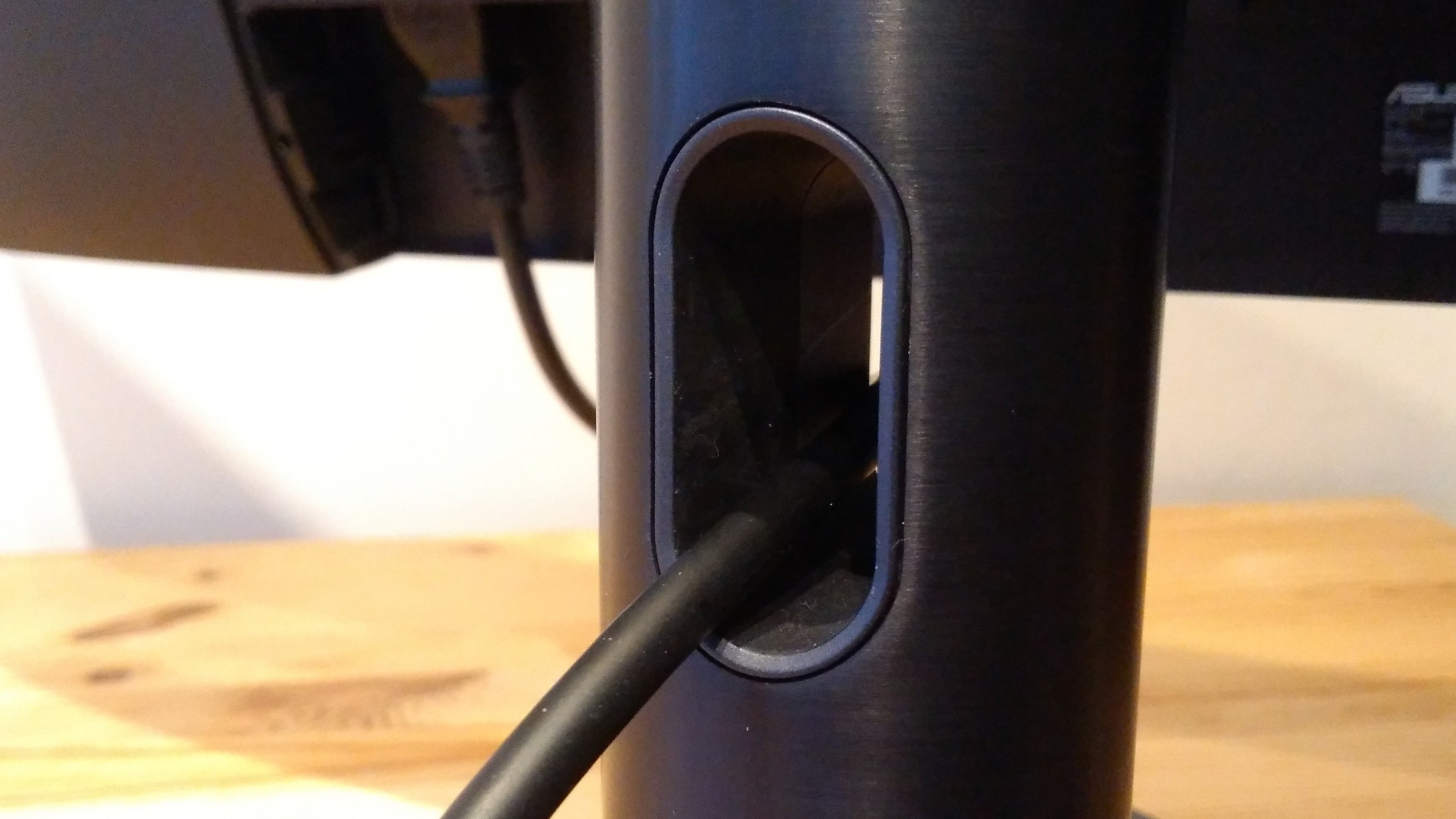
Other mistakes are in the support arm and base, which while amazingly high quality, reveal some obvious mistakes when cabling the monitor.
The hole Asus put in the support arm to gather cables is too small to feed a standard power cable through, and Asus provided in the box are some special slim ones that will go through.
That’s unhelpful, and even using the provided cables, there is insufficient space in this channel for the large number of cables that might realistically be used on this screen.
The OSD and support arm are the negative side of this coin because the representation of colour and contrast on this panel is exceptional.
We tested the scope of the colour gamut using both a SpyderX Datacolor and the X-rite i1 Display Pro calibrator that comes with the PA32UCG-K.
Not a shock but 100% of sRGB range is something of a given on a monitor in this price bracket, but 99.5% of AdobeRGB space is marginally more impressive.
AdobeRGB colour space isn’t a standard that has maintained popularity, so those that use DCI-P3 can look forward to 98% coverage. Rec.2020 is only 85%, but as an extensive gamut, many other screens only display a much smaller portion of this gamut.
Colour representation is good, though the standout aspect for this reviewer was the tone mapping available using HDR10 and Dolby Vision, where 1600 nits of peak brightness and the zonal backlighting strutted their stuff.
These abilities make the PA32UCG-K ideal for those developing HDR gaming content or HDR video, as you get to see the footage in almost optimal conditions.
While for gaming purists, the input lag is probably more than they would ideally like. For those developing game console projects, the 120Hz at 40K capability fits well with the capabilities of the Sony PS5 and Microsoft Xbox Series X.
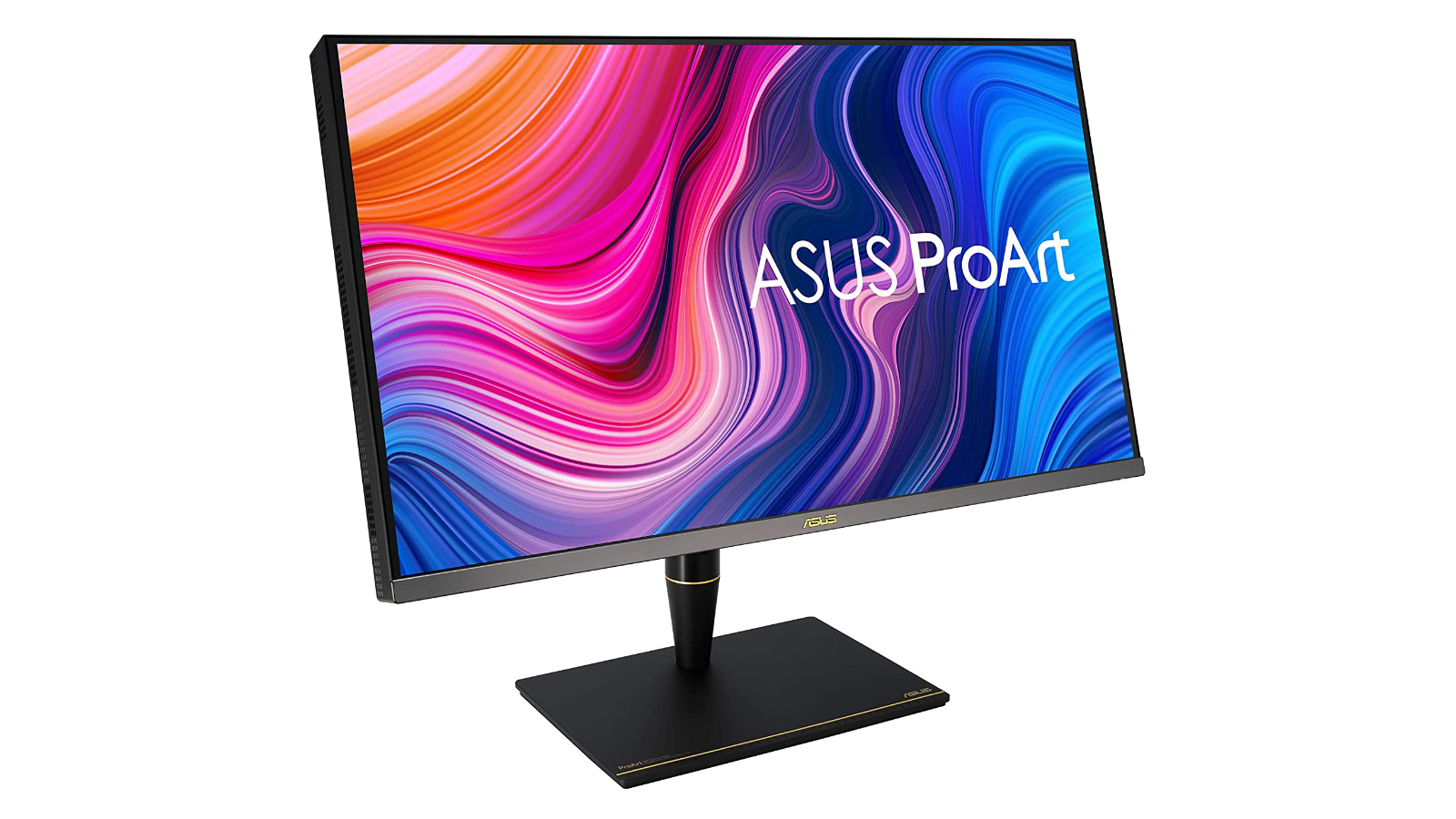
Final verdict
Before we received this panel, it would be fair to admit that we wondered how good a monitor might need to be to cost this much.
The disturbing truth we uncovered is that it is probably worth it for those that need dependable colour accuracy daily.
Where this unit would be handy is those involved in editing 4K HDR content where they’re looking to get the very most from their footage and achieve the best colour grading possible.
A skilled technician can achieve wonders with lesser hardware than this, but the PA32UCG-K enables them to work faster and have greater confidence in the output that they’re generating. And, as they say, time is money.
It’s hard to determine how much faster or better any specific technician might be using it, but given the hourly rate professional colourisers cost, the outlay on this panel should be recouped in reasonably short order.
What’s mildly depressing is that more general users would love the punchy colours and smooth gradients on offer here, and maybe one day all screens will be this good, but sadly not today.
Asus should be acknowledged for delivering an amazing product demonstrating that IPS technology can deliver colour spaces and chromatic accuracy that rivals OLED technology. But, we’d like them to make this cheaper and lighter next time, please.
- We've also featured the best business monitor
Mark is an expert on 3D printers, drones and phones. He also covers storage, including SSDs, NAS drives and portable hard drives. He started writing in 1986 and has contributed to MicroMart, PC Format, 3D World, among others.
